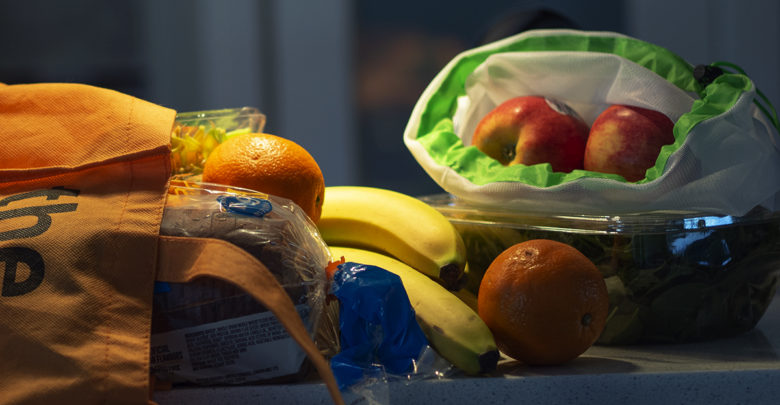 Helen Zhang
Helen ZhangA recent study by nutritionist and assistant professor in the school of nutrition and food sciences at the University of Alberta, Melissa Fernandez, and retired school of public health professor, Kim Raine, explores the link between technology and wellness as it relates to purchasing food online.
When Fernandez was a postdoctoral scholar at the U of A, she studied how to “build resilience to obesogenic food environments through food literacy among young people.” She was surprised by how difficult it is for “young people to engage with food in our current digital environments.”
Much of the science-based nutritional advice from sources such as the Canadian Food Guide gets “completely overtaken by misinformation online and nutrition influencers,” Fernandez said.
According to Fernandez, there are many valuable skills involved in food preparation that adolescents miss out on due to digital environments. These include “going into a grocery store and selecting food, figuring out how to find a recipe that has good ingredients, bringing [the ingredients] back, and making [the] meal.”
Through her research, it became clear that “all [the] steps of food selection, preparation, [and] consumption get lost in the digitalization of our food environments, where the contact with the actual food is a bit lost.”
Fernandez interviewed 34 participants between ages 16 and 60, and she was surprised to discover that all of the participants, regardless of stage of life, use these services for the same reasons: convenience and time.
“There is a perception of time scarcity that everyone has,” Fernandez said. This is “the idea [that] they could be doing something else with their time,” which makes delivery and pre-prepared food more appealing.
Delivered meal kits can expand food literacy, Fernandez says
While a solution to this issue may be meal kits for some, the question of accessibility versus affordability proves not to be a realistic solution for all households, Fernandez said.
She explained that it is “a good alternative to save money instead of using it on takeout, but if you do not have the money for takeout to begin with, then a meal kit is not going to be an affordable option.”
In terms of food literacy, meal kits can be a useful alternative for households to “expand certain ways of preparing food and putting certain flavours together,” according to Fernandez.
She also explained that they are useful for ensuring a meal includes all the food groups in appropriate amounts.
The motivators towards using online food ordering services — time and convenience — may have implications regarding broader public health concerns, Fernandez explained. With regard to ultra-processed foods, there are challenges regarding public health nutrition.
“Telling people to eat well [or] to cook at home does not address [the] core factors of people wanting to have time to do the things they enjoy.”
We have not been able to “address the challenge of how to make healthy eating [and] home food preparation as convenient and easy as possible because [these factors] draw people to online food shopping and ultra-processed food intake,” Fernandez said.
Food delivery services can ease the “mental burden of preparation,” Fernandez says
Despite the potential negative implications of these services, Fernandez acknowledged that food delivery services can meet well-being needs, not just nutritional needs.
Fernandez highlighted the “mental burden of food preparation,” meaning one person in each household is responsible for the planning, shopping, and cooking involved in food preparation, which can be overwhelming.
Utilizing meal kit delivery can eliminate choosing recipes, shopping for the ingredients, and allows some people to “free up space” in their minds, according to Fernandez.
She said that one participant would often “do a grocery order while she was breastfeeding,” demonstrating that the time food preparation and shopping takes can be used elsewhere.
Online grocery shopping has been questioned for its impacts on diet quality. Fernandez explained that there was a general idea that people tend to shop less impulsively when online shopping.
However, Fernandez and her team identified that when online grocery shopping, people tend to have regular items they buy, meaning ”they are buying the same things from week to week.” This may include options that are not necessarily the healthiest choices, Fernandez said.
The developing technology of online food ordering and delivery services has the potential to become increasingly similar to real-life shopping, “with more promotions, advertising, and pop-ups” to display sales like flyers in stores do, Fernandez said.
However, online grocery orders can still be useful when working with a grocery budget, because individuals tend to “stick to what they need,” instead of buying impulsively.
Fernandez identified the most concerning trends to be food delivery apps as they contain lots of advertising and promotions, meaning “people tend to gravitate towards the things that are on sale, and those foods are generally very highly processed.”
She explained that “the ease of it is concerning,” as it brings these “obesogenic food environments into our homes.”




